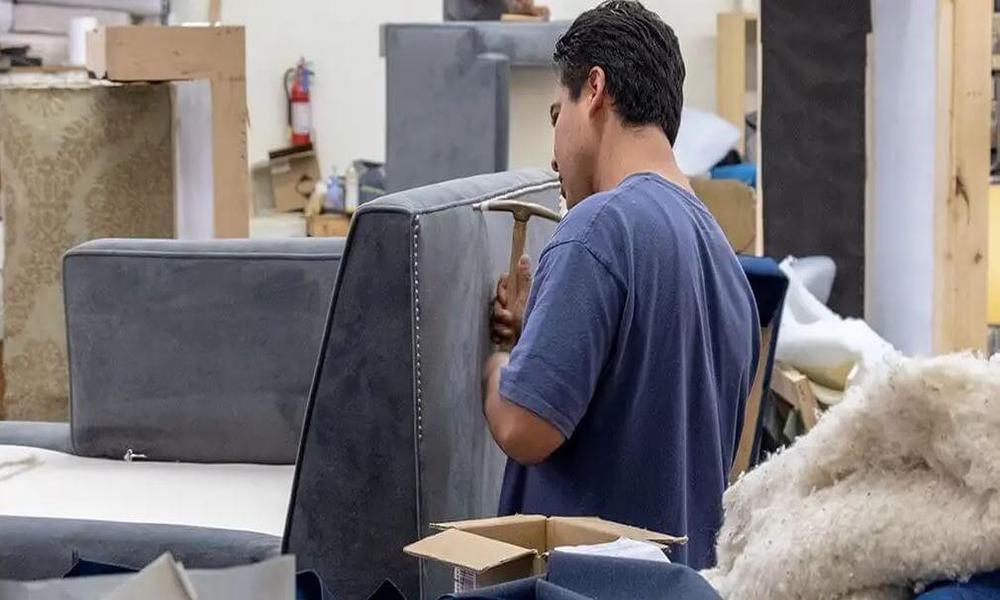
Benefits and Applications of Foam Filling Material
Foam filling is a famous and popular method for filling gaps, holes, voids, or cavities in a variety of applications. Whether you require to insulate your home, protect delicate electronic elements, or build custom packaging for your products, foam filling offers a cost-effective and versatile solution for your problems.
Basically, foam filling is the process of injecting a liquid foam into a space to fill the gaps. The foam expands to fill the void, which creates a lightweight, durable, and flexible material that can be used for a wide range of applications.
By using polyurethane foam, the foam filling process is typically done. A versatile and durable material that can be customized to meet specific needs. Polyurethane foam can be composed to be rigid or flexible, and it can be made in a range of densities and colors.
Benefits of Foam Filling
Foam filling provides numerous benefits over other filling materials. Some of the most significant benefits of foam filling include:
● Excellent insulation
Polyurethane foam has outstanding insulation properties, which make it perfect for insulating homes and commercial buildings. Foam filling can also help to decrease energy costs by preventing air leaks and decreasing heat transfer.
● Lightweight
Foam filling is lightweight, which is ideal and a perfect option for filling large voids without adding significant weight. It is an ideal material for use in transportation applications, such as filling the spaces in boats or RVs.
● Versatile
Versatility is an important element to consider. Foam filling can be used in a wide range of applications, from insulating homes to building custom packaging for delicate products. Its versatility makes it a perfect option for many distinct industries.
● Durable
Durable material stands out when it places it in the right place with the right measurements. Polyurethane foam is a long-lasting and durable material that can withstand a range of environmental conditions, including temperature changes and exposure to moisture.
Applications of Foam Filling
Foam filling has an expansive range of applications in various industries, including:
● Construction
Foam filling is normally used to insulate homes and commercial building areas. It can be used to fill gaps and holes around windows and doors, as well as gaps in walls and ceilings.
● Transportation
Foam filling is also used in transportation applications, such as filling the spaces in boats and RVs to offer great insulation and help to reduce weight.
● Electronics
Foam filling is used to protect delicate electronic parts during shipping and handling when it is essential to transfer carefully. It can also be used to create custom packaging for electronic products.
● Packaging
Foam filling is used to build custom packaging for an expansive range of products which includes furniture, appliances, and fragile items like glassware.
Conclusion
Foam filling is a durable, versatile, and cost-effective material that delivers a wide range of benefits in several applications. Foam filling will be the right solution for your needs, whether you need to insulate your home, protect delicate electronic elements, or create custom packaging for your products.




